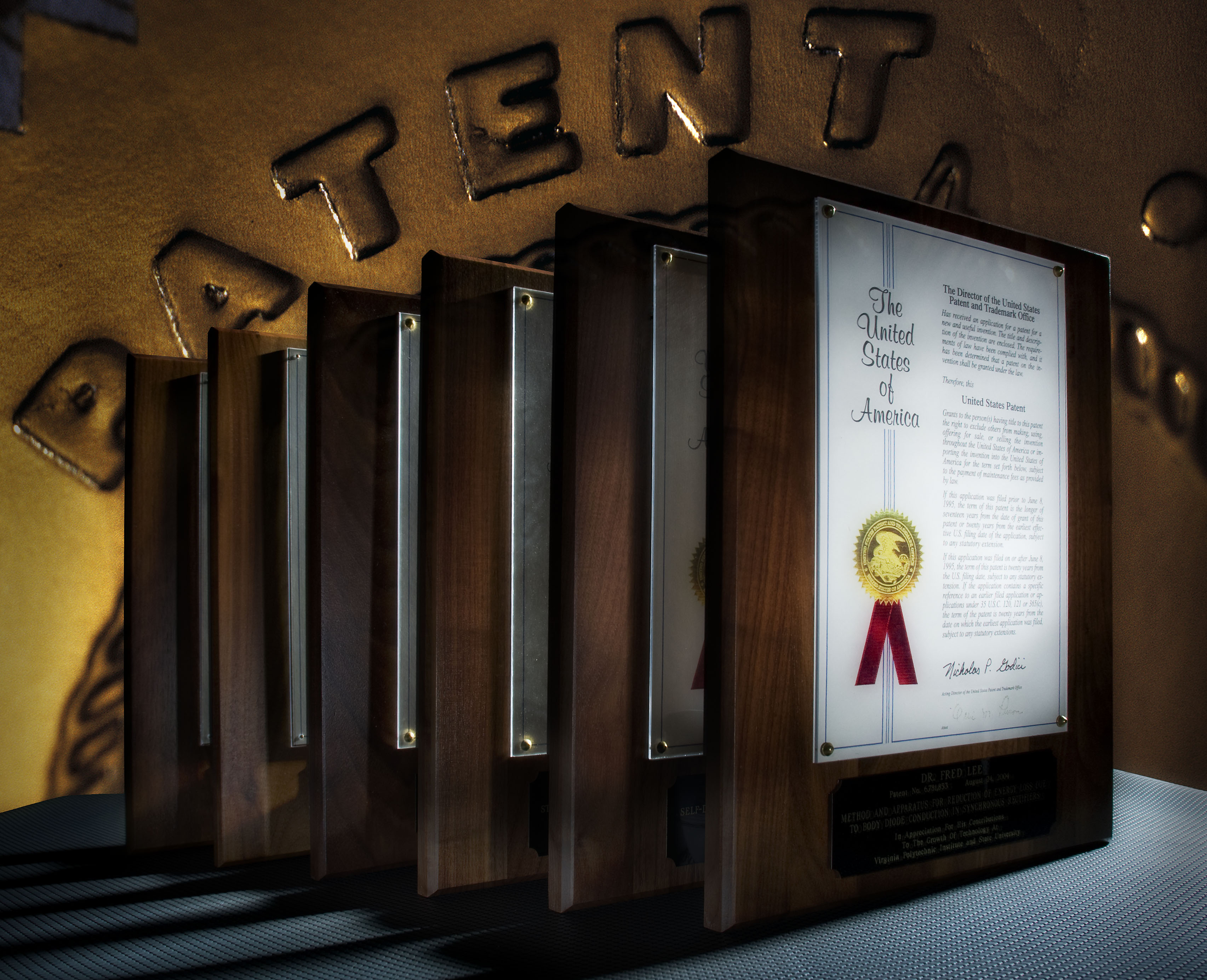Engineers speed up technology transfer with innovative intellectual property process

Virginia Tech's Center for Power Electronics Systems (CPES) has developed an intellectual property (IP) process that is almost as fast as industry's and may be adaptable for other university research groups, according to CPES Director and University Distinguished Professor of Electrical and Computer Engineering Fred Lee.
The National Science Foundation has cited CPES as a model Engineering Research Center for technology transfer and industry collaboration. Lee says he suspects part of the CPES technology transfer success is due to the novel process it developed in 2003 for patents and invention disclosures.
The interests of protecting IP, while publishing research results in a timely manner, often conflict. IP issues sometimes frustrate both academic researchers and interested industrial firms, according to Lee. Furthermore, universities typically claim ownership of all IP developed in their research labs, but do not always have the resources or market knowledge to select which inventions to pursue.
In some fast-moving fields like electronics, speed can be an issue. Lee says he recalls several cases in which his team lost the patents on discoveries. “We like to publish our research discovery as fast as we can to help our graduate students. If we can’t protect the idea quickly, then it becomes public domain. This is how we set our priorities.” he explained.
In 2003, CPES instituted a new IP process that taps expertise from industry partners and helps university technology move quickly into commercialization. Funding for patents is contributed by a group of industrial partners called “Principal Members, and Principal Member Plus” who each contribute $5,000 a year above and beyond their respective membership contribution. The additional funds are then pooled to establish the”Intellectual Property Protection Fund (IPPF)”.
“Working with Virginia Tech Intellectual Properties (VTIP), we have established a very effective process,” Lee said. When a CPES researcher develops technology that may have IP value, we send the information to the IPPF members, organize a teleconference, and ask for a vote. If the IPPF members determine it is worthwhile and has market value, VTIP sends the patent information to a patent lawyer. The legal expenses are paid off from the IPPF. “Now, there is no delay; we are almost as fast as industry,” Lee noted.
Each of the IPPF members gets non-exclusive royalty-free access to the IP (without additional cost or licensing fees). “Engineers can use the technology without involving their corporate lawyers and without having to develop their own proprietary technology. The firms can use the technology in any way they desire and we don’t have to go back and monitor it,” Lee explained. If a firm drops out of the program, it doesn’t get any new IP information developed afterward.
“We won’t get personally wealthy with this process, but it is very good for our program,” Lee said. The research program receives generous industrial contributions in the form of membership in excess of $1.5 million a year to support its research program. The system also negates the need to protect the IP, he said. “As university professors we don’t really want to sue a company.”
The system has worked well for CPES, he said. “We have been able to recruit quite a few members.” Currently 32 firms are Principal Members and Principal Plus Members. Find more information on CPES or become an industry partner.
The CPES IP process is only one of several methods by which Virginia Tech technology can get patented, licensed, or transferred, Lee noted. “VTIP, under the leadership of Mark Coburn has significantly streamlined the university’s IP process.”
VTIP is an affiliated corporation of the university and offers technology from many research groups and faculty.



